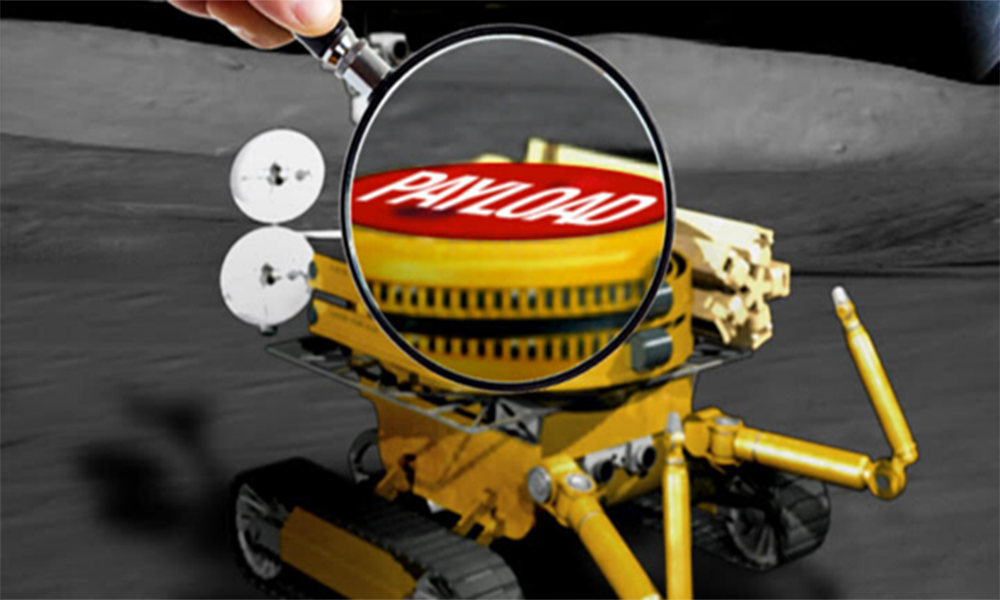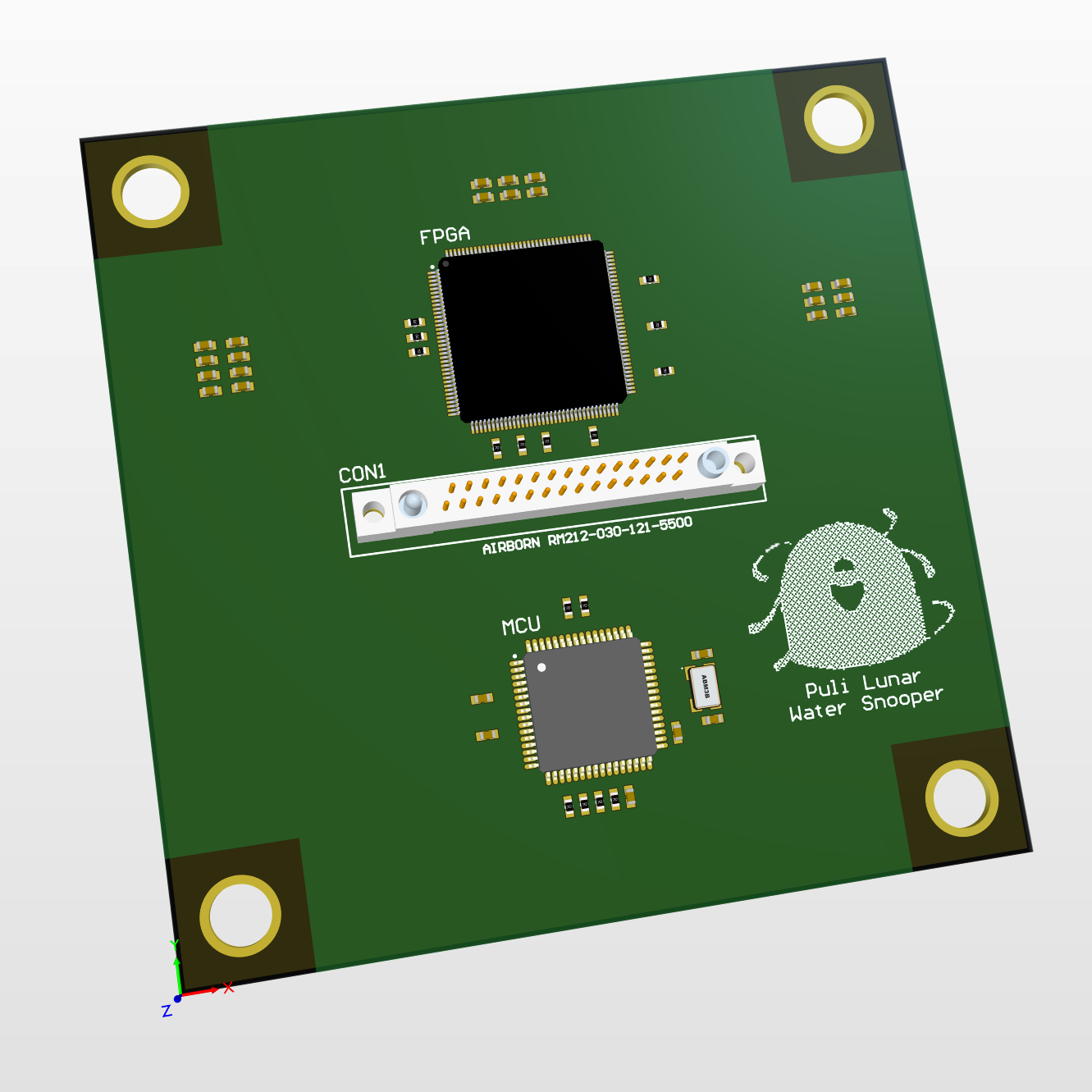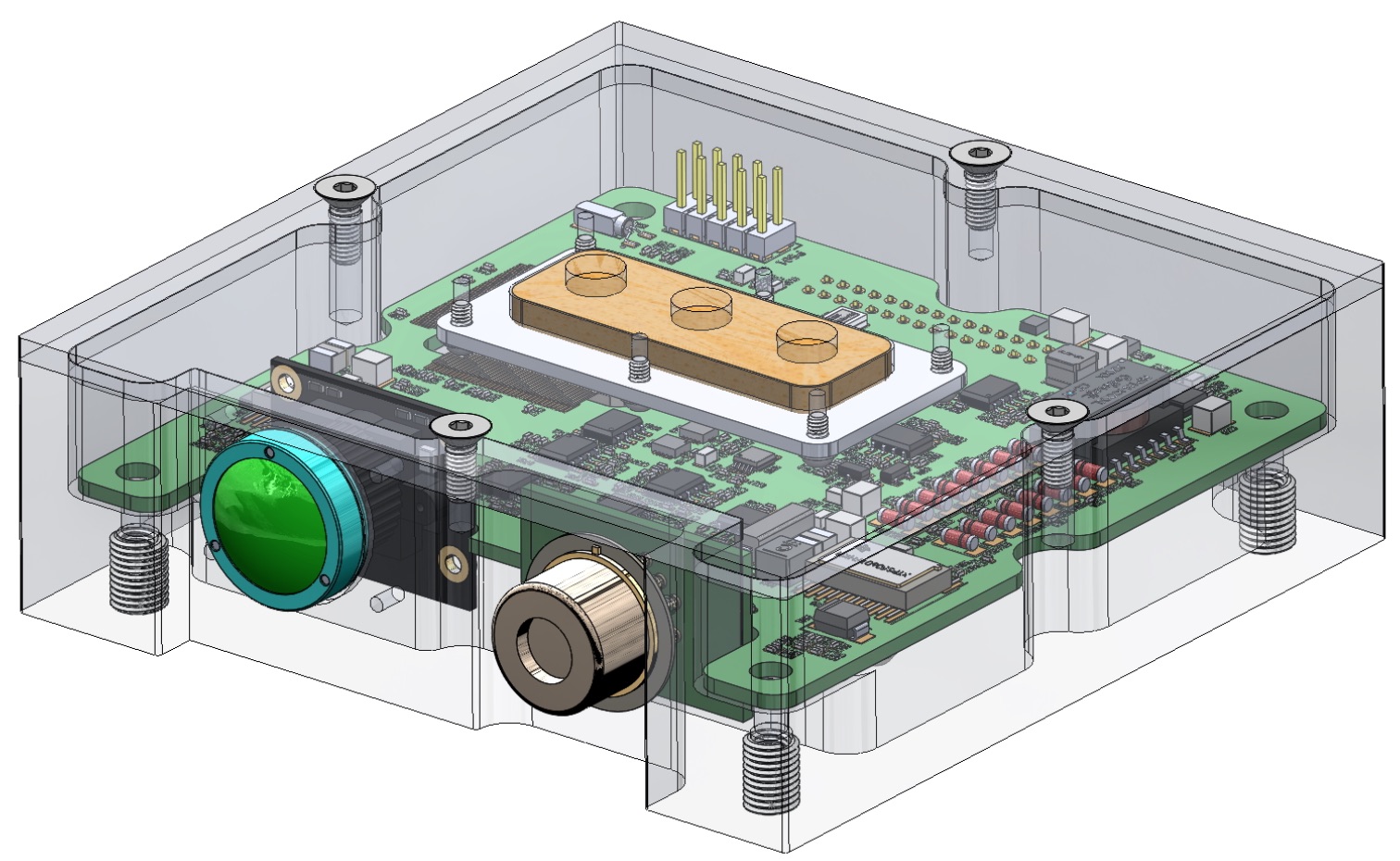Miniature moon tech wins big with NASA challenge
The winners of NASA JPL's "Honey, I Shrunk the NASA Payload" challenge have been announced.

Future moon missions might be miniature, as NASA names the winner of a big new challenge.
In April, NASA's Jet Propulsion Laboratory (JPL) issued a public challenge, named "Honey I Shrunk the NASA Payload," after the hit movie "Honey, I Shrunk the Kids," from 1989. The public challenge called for people to design instruments that could one day be tiny payloads for future missions to the moon. And on July 14, JPL announced the miniature winners.
"The ideas generated by the community were outstanding," Sabah Bux, a technologist at JPL, said in a statement. "These designs could help NASA sustain a human presence on the moon and enable new science."
Related: NASA's Artemis moon program just photobombed a spacewalk
This challenge was inspired by a need to reduce the amount of payload weight for future missions, as big, heavy payloads require a lot of fuel (and, therefore, money) to get from Earth to the moon.
By developing tiny payloads, researchers can work using smaller (and often more mobile) platforms that would cost less to launch, making that research more accessible. The challenge called for payloads no larger than about the size of a bar of soap: payloads no larger than 4 inches by 4 inches by 2 inches (10 centimeters by 10 centimeters by 5 centimeters) that weigh no more than 0.8 lbs. (0.4 kilograms).
The winning design for one category in the challenge, called "Lunar Resource Potential," was "Puli Lunar Water Snooper," designed by the Budapest, Hungary-based Puli Space Technologies Team, which garnered a prize of $30,000. The instrument is designed to map hydrogen on the moon from a small rover to aid in the search for water ice.
Get the Space.com Newsletter
Breaking space news, the latest updates on rocket launches, skywatching events and more!

In another category, "Lunar Environment," the design known as "Sun Slicer," a miniaturized X-ray spectrometer by Team Sun Slicer, won, also taking home a $30,000 prize.

This challenge was funded by NASA's Lunar Surface Innovation Initiative, which exists within the agency's Space Technology Mission Directorate (STMD); the challenge was managed by the NASA Tournament Lab, which is part of STMD's Prizes and Challenges program.
You can read about all of the winners and designs which won honorable mentions here.
Email Chelsea Gohd at cgohd@space.com or follow her on Twitter @chelsea_gohd. Follow us on Twitter @Spacedotcom and on Facebook.
Join our Space Forums to keep talking space on the latest missions, night sky and more! And if you have a news tip, correction or comment, let us know at: community@space.com.

Chelsea “Foxanne” Gohd joined Space.com in 2018 and is now a Senior Writer, writing about everything from climate change to planetary science and human spaceflight in both articles and on-camera in videos. With a degree in Public Health and biological sciences, Chelsea has written and worked for institutions including the American Museum of Natural History, Scientific American, Discover Magazine Blog, Astronomy Magazine and Live Science. When not writing, editing or filming something space-y, Chelsea "Foxanne" Gohd is writing music and performing as Foxanne, even launching a song to space in 2021 with Inspiration4. You can follow her on Twitter @chelsea_gohd and @foxannemusic.









